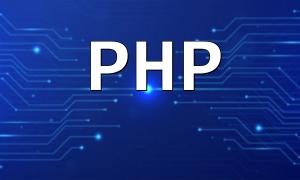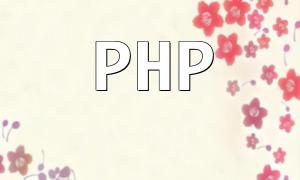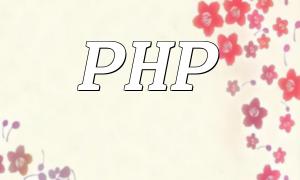In modern web development, the collaboration between JavaScript and PHP is crucial. JavaScript handles front-end interactions, while PHP manages the back-end logic. In this article, we'll introduce various methods for JavaScript to call PHP data, helping developers seamlessly connect front-end and back-end systems.
AJAX (Asynchronous JavaScript and XML) is a technique that allows data to be retrieved from a server without reloading the entire page. With AJAX, JavaScript can easily communicate with the PHP back-end.
To use AJAX for calling PHP data, follow these steps:
Here’s a simple example demonstrating how to use AJAX to call PHP data:
header('Content-Type: application/json');
$data = array("message" => "Hello from PHP!");
echo json_encode($data);
function fetchData() {
fetch('data.php')
.then(response => response.json())
.then(data => {
console.log(data.message);
})
.catch(error => console.error('Error:', error));
}
fetchData();
If your project uses jQuery, you can simplify the process using jQuery's AJAX method. The syntax is more concise and makes calling PHP data easier.
$.ajax({
url: 'data.php',
type: 'GET',
dataType: 'json',
success: function(data) {
console.log(data.message);
},
error: function(error) {
console.error('Error:', error);
}
});
Using JavaScript to call PHP data is an essential skill in modern web development. By utilizing AJAX or jQuery, developers can easily implement front-end and back-end data interaction. When applied properly, these techniques can enhance a website's dynamic features and improve user experience.
We hope this article provides you with valuable insights into applying JavaScript and PHP effectively!









